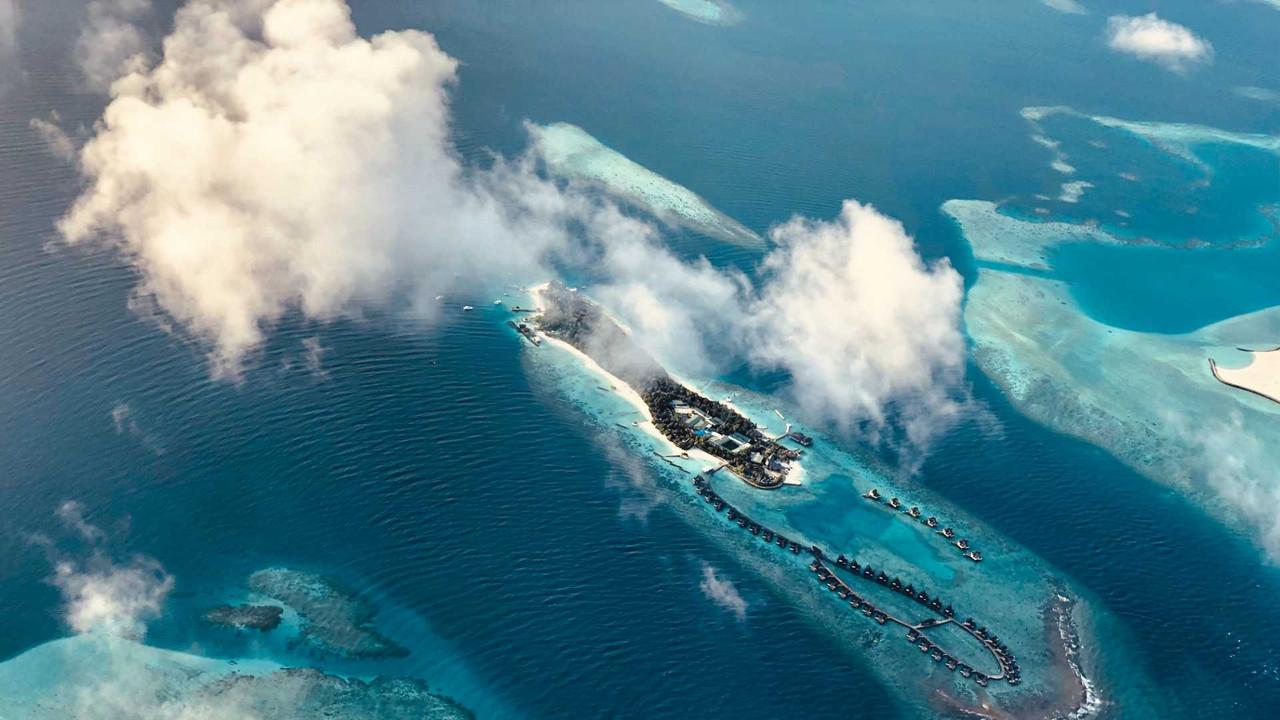Bouvet Island
Comprehensive Country Overview
Explore the geography, history, and socio-economic factors shaping Bouvet Island

Country description
Bouvet Island is a remote and isolated landmass located in the South Atlantic Ocean, approximately 2,400 km southwest of the Cape of Good Hope (South Africa) and 1,600 km north of the Antarctic mainland. It is primarily a volcanic island with a rugged, mountainous terrain and forbidding ice cliffs along most of its coast. The island's highest peak, Olavtoppen, reaches an elevation of 3,068 feet (935 meters).
The climate on Bouvet Island is sub-Antarctic, characterized by cold temperatures, persistent cloud cover, frequent precipitation, and strong winds. Around 93% of the island is covered by glaciers. The limited vegetation found on Bouvet Island is mostly limited to mosses, lichens, and a few species of flowering plants.
Historical Significance
The island was discovered in 1739 by French explorer Jean-Baptiste-Charles Bouvet de Lozier, after whom the island is named. Due to its remoteness and challenging environment, landing on the island has proven difficult throughout history. Following rediscovery in 1898 by a German expedition, various Norwegian expeditions visited Bouvet Island in the 1920s. Norway claimed the island in 1927 and it was officially declared a Norwegian dependency in 1930.
Socio-Economic Aspects
Bouvet Island has no permanent human population. Its extreme isolation, harsh climate, and lack of natural resources make it uninhabitable. The Norwegian Polar Institute established an automated meteorological research station on the island in 1977. Occasionally, the island might host short-term scientific expeditions and research teams. Bouvet Island is protected as a nature reserve. Its unique ecosystem and wildlife, including a large penguin population, are the subject of continued scientific study and efforts towards conservation.
Workforce description
Bouvet Island is a sub-antarctic volcanic island with no permanent population. This remote Norwegian dependency is largely covered by a glacier and has a harsh, inhospitable climate.
No Workforce on Bouvet Island
Given these factors, there's no workforce on Bouvet Island. The term "workforce" implies a population base from which to draw labor, which is non-existent here.
Limited Activities, Not a Traditional Workforce
Scientific expeditions occasionally visit Bouvet Island, and some limited weather monitoring infrastructure exists. However, these activities do not constitute a traditional workforce.
Cultural norms impacting employment
In Bouvet Island, the harsh environment necessitates a strong focus on worker safety and well-being. Shifts and work schedules are likely structured with ample time for rest and recuperation. Extended periods of isolation can be mentally taxing, so employers need to prioritize mental health support and strategies to keep workers connected to the outside world. Given that Norway consistently ranks highly in global work-life balance metrics, it's reasonable to expect this emphasis on well-being to translate to any employment practices on Bouvet Island.
Communication Styles
Norwegian communication tends to be direct and straightforward. This efficiency is likely paramount in the potentially high-stakes environment of a research station. Scientific work often demands collaboration, so an emphasis on teamwork and open communication between researchers of diverse backgrounds is expected. While Norwegian is the official language, English is likely the working language in an international research setting.
Organizational Hierarchies
Research teams tend to have well-defined hierarchies based on expertise and experience. Clear leadership and decision-making procedures are essential. Norway has a relatively flat societal structure, so while respecting the chain of command, a degree of informality and cross-collaboration between team members might be expected.
Key industries and employment sectors
Bouvet Island, due to its remote location, extreme climate, and lack of permanent residents, has virtually no economic activity in any traditional sense.
Challenges Limiting Economic Development
- Remoteness: Bouvet Island is one of the most isolated places on Earth, making transportation and access extremely difficult and costly.
- Severe Climate: The island experiences frigid temperatures, strong winds, and frequent storms, making any outdoor activity challenging for extended periods.
- Protected Status: As a Norwegian dependency, most of Bouvet Island is designated as a nature reserve, limiting potential commercial use of its resources.
Scientific Research: The Primary "Sector"
The only activities resembling an economic sector on Bouvet Island are related to scientific research:
- Meteorological Studies: The island has an automated weather station, providing valuable data for understanding climate patterns in the Southern Ocean.
- Biological Research: Research focuses on the unique flora and fauna adapted to the harsh environment, including penguins, seals, and seabirds.
Potential (but unlikely) Emerging Opportunities
- Specialized Tourism: Very limited, high-cost expeditions catering to adventurers or researchers might be feasible in the future. However, strict environmental regulations would be necessary to protect the island's fragile ecosystem.
- Bioprospecting: There is theoretical potential to discover organisms with unique enzymes or compounds useful for biotechnology applications. However, the logistical challenges and ethical considerations regarding exploiting resources from a protected area make this a remote possibility.